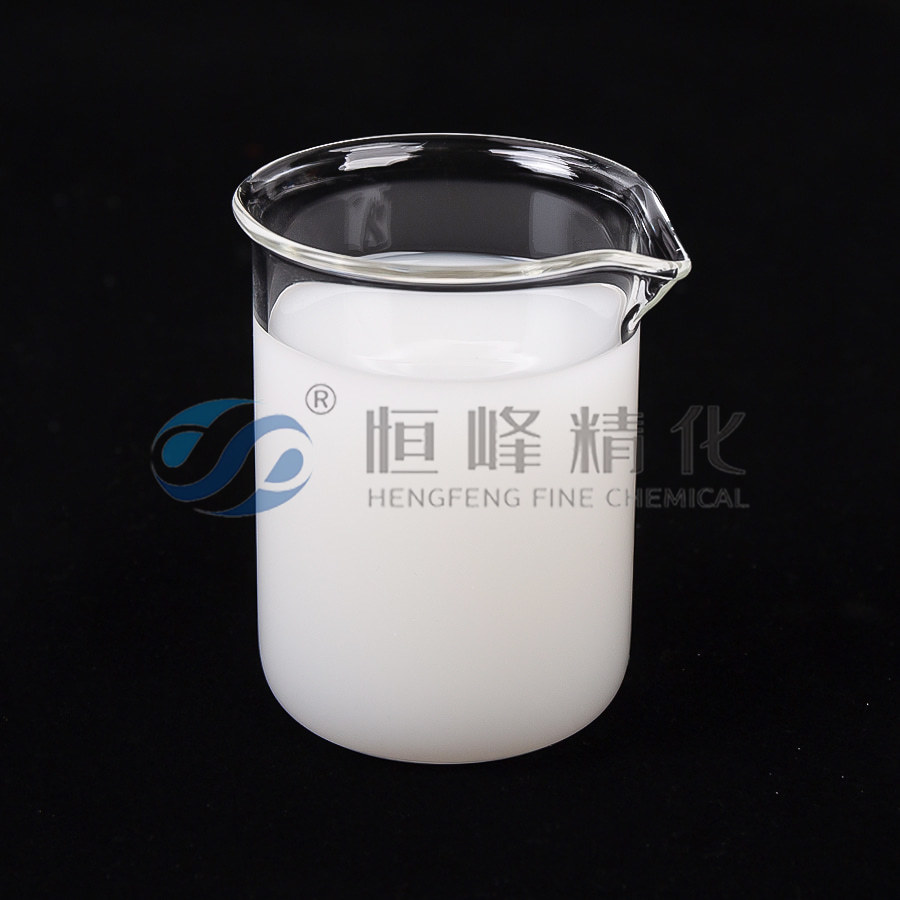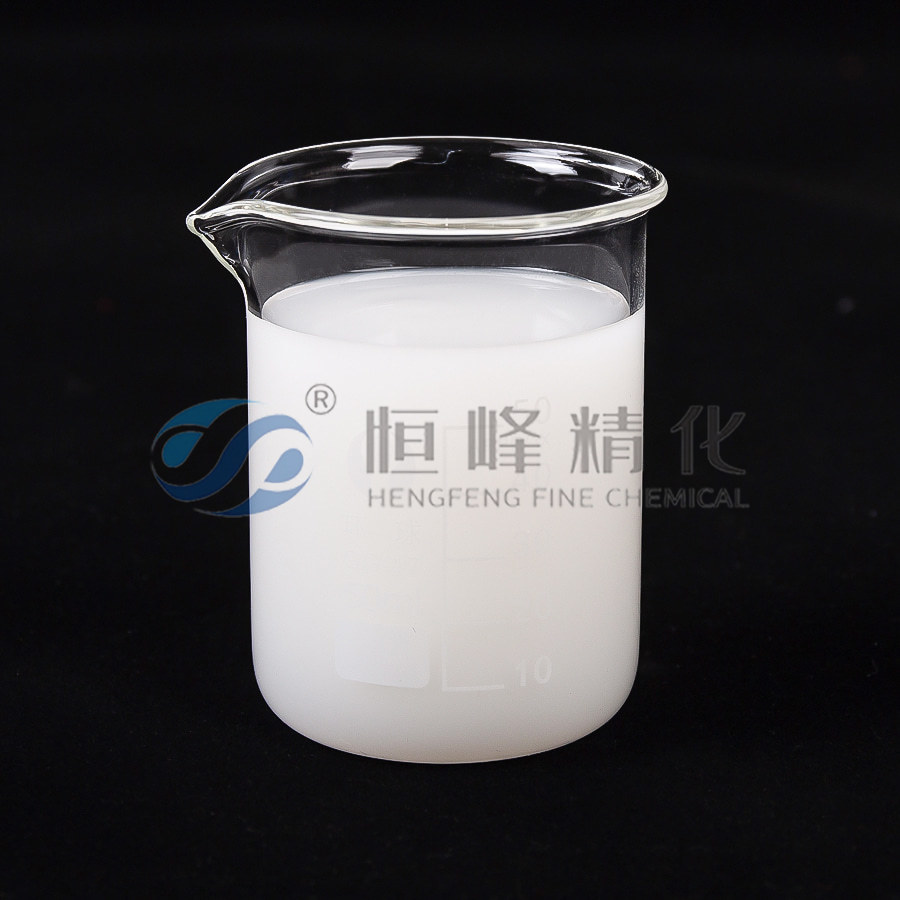Refuse leachate Treatment
Refuse leachate is produced by the fermentation, rain scour, soak of surface water and underground water during refuse stacking or landfill process. Refuse leachate has potential hazard to surface water and underground water. The treatment of refuse leachate has become a spotlight of environment study.
The character of refuse leachate is high organic concentration, high metal content, big diversity on type and volume. The COD concentration of refuse leachate is very high, ranging from 100 to tens of thousands mg/l. Ammonia nitrogen concentration sometimes will even reach 10,000 mg/L. High ammonia nitrogen concentration is toxic to microorganism. The phosphate content in the refuse leachate is low, causing the ratio imbalance of nutrition element. This is the difficulty of biochemical treatment on refuse leachate.

Physichemical treatment is not affect by the water quality. It has good treatment effect on the refuse leachate that biochemical treatment doesn’t have a good effect, which has low BOD/COD ratio. The treatment purpose is to remove the toxic and hazard material, heavy mental ionic and ammonia nitrogen in refuse leachate. Physichemical is normally used in pre-treatment or deep treatment to reduce the burden of biochemical treatment, impact effect or improve on the quality of outcome water. Adsorption method, oxidation method and coagulation. PAC is used for coagulation. PAC also need PAM (polyacrylamide) to enhance the treatment effect and COD removal.
Hengfeng has polyacrylamide for the treatment of refuse leachate. Hengfeng provide service including inquiry, lab test and pilot test. We provide not only products but also service.


 English
English Español
Español عربى
عربى Русский
Русский Tiếng Việt
Tiếng Việt
















